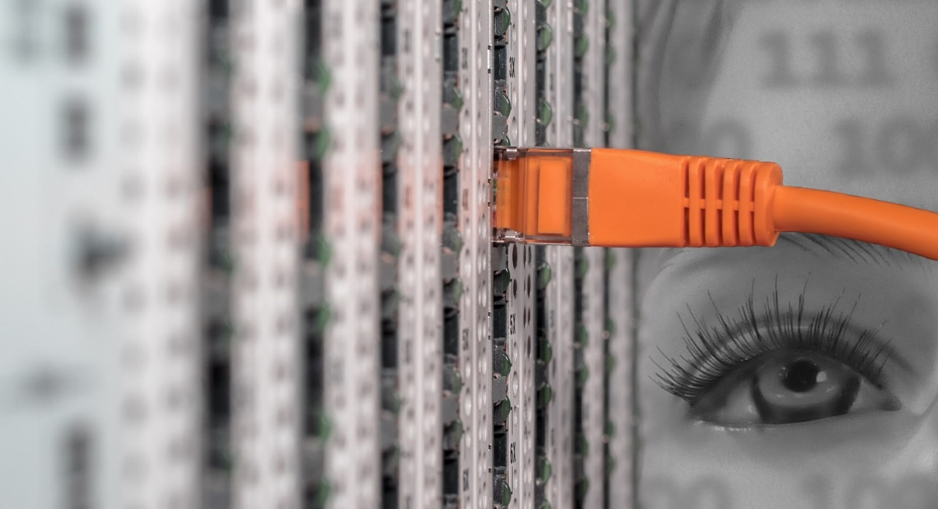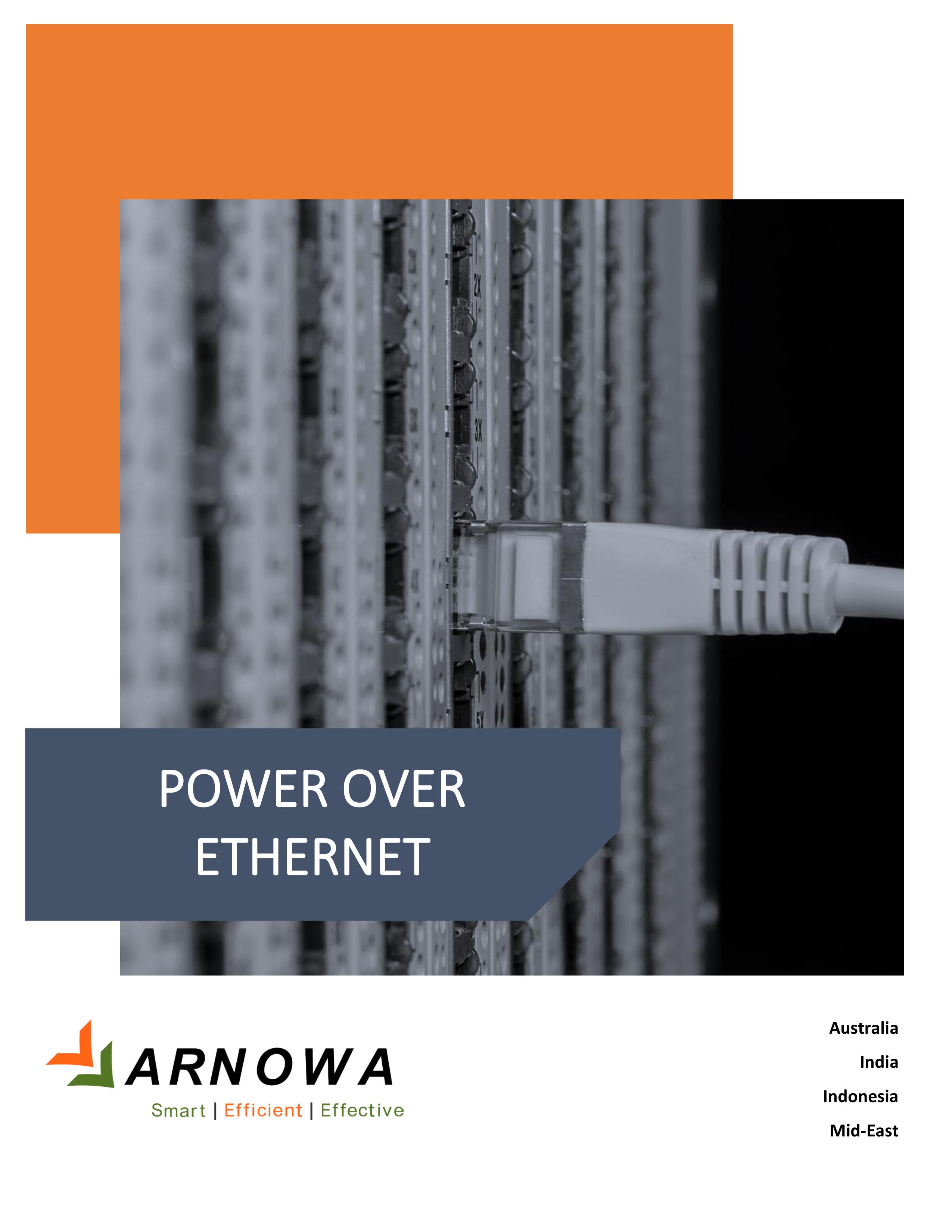Power Over Ethernet
INTRODUCTION
Power of Ethernet (PoE) is an evolving technology designed to deliver power and data on an Ethernet cable at the same time. Modeling after telecommunication systems that supply power to telephones, PoE powers network devices without the need for an AC electrical outlet. By eliminating the power cord infrastructure, PoE technology supplies wiring and development providing convenience and benefits to the enterprise, commercial, industrial, and residential applications.[rml_read_more]
PoE describes any of several standards or ad-hoc systems that pass electric power along with data on twisted pair Ethernet cabling.

This allows a single cable to provide both data connection and electric power to devices such as wireless access points, IP cameras, and VoIP phones.
FUNCTION AND WORKING OF THE POWER OVER ETHERNET
There are several common techniques for transmitting power over Ethernet cabling. Three of them have been standardized by IEEE 802.3 since 2003. These standards are known as Alternative A, Alternative B, and 4PPoE. For 10BASE-T and 100BASE-TX, only two of the four signal pairs in typical Cat 5 cable are used.
[rml_read_more]
Alternative A transports power on the same wires as data for 10 and 100 Mbit/s Ethernet variants. This is similar to the phantom power technique commonly used for powering condenser microphones. Power is transmitted on the data conductors by applying a common voltage to each pair. Because twisted-pair Ethernet uses differential signaling, this does not interfere with data transmission. The common-mode voltage is easily extracted using the center tap of the standard Ethernet pulse transformer. For Gigabit Ethernet and faster, all four pairs are used for data transmission, so both Alternatives A and B transport power on wire pairs also used for data.
Alternative B separates the data and the power conductors, making troubleshooting easier. It also makes full use of all four twisted pairs in a typical Cat 5 cable. The positive voltage runs along with pins 4 and 5, and the negative along with pins 7 and 8.
4PPoE provides power using all four pairs of twisted-pair cable. This enables higher power for applications like PTZ cameras, high-performance wireless access points, or even charging laptop batteries.
In addition to standardizing existing practice for spare-pair (Alternative B), common-mode data pair power (Alternative A) and 4-pair transmission (4PPoE), the IEEE PoE standards provide for signaling between the power sourcing equipment (PSE) and powered device (PD). This signaling allows the presence of a conformant device to be detected by the power source and allows the device and source to negotiate the amount of power required or available.
DEVICES WHICH CAN BE OPERATED BY POE INCLUDE:
- VoIP phones
- IP cameras including pan–tilt–zoom cameras
- Wireless access points
- IPTV decoders
- Network routers
- A mini network switch installed in distant rooms, to support a small cluster of ports from one uplink cable
- Intercom, paging, and public address systems and hallway speaker amplifiers
- Wall clocks in rooms and hallways, with time set using Network Time Protocol
- Outdoor roof-mounted radios with integrated antennas, 4G/LTE, 802.11 or 802.16 based wireless CPEs (customer premises equipment) used by wireless ISPs
- Outdoor point to point microwave and millimeter-wave radios and some free space optics (FSO) units usually including proprietary PoE
- Industrial control system components, including sensors, controllers, meters, etc.
- Access control components, including help-points, intercoms, entry cards, keyless entry, etc.
- Intelligent lighting controllers and LED Lighting fixtures
- Stage and Theatrical devices, such as networked audio breakout and routing boxes
- Remote point of sale kiosks
- Inline Ethernet extenders
BENEFITS OF POWER OVER ETHERNET
- Cost Saving: No need to install power cables/outlets, reducing the cost of deployment and savings of up to $ 1000 per PD.
- Integration: Ethernet and power are now on the same cable. Support equipment mounted in unusual places. E.g., wall/ceiling mount.
- Availability: Wherever there is an ethernet connection, there will be power.
- Security: Shut-down unused devices, saving power also.
- Management: Http, UI or SNMP can control/manage PoE devices.
- Interoperability: Devices compliant with 802.3af can interoperate with zero problems.
- Safety: No AC/high voltage, low power DC (48V) is used.
- Reliability: VoIP phones that incorporated PoE will be connected to an uninterruptible power supply (UPS)- power transmitted through Ethernet cable.
- Flexibility: Devices are not bound to power outlets and can be easily moved to where they are needed.
- Remote Access: The remote location can be easily powered for WAP installation.
- Economical Implementation: It provides an economical implementation of Backup power with a centralized battery location.
- Smart Backup: Systems can offer smart backup response with power priority, dynamic power management, and graceful shutdown.
- Power Cycling: Equipment power can be cycled remotely for firmware loads or equipment reset.
- Centralized Power Management: Devices can be remotely powered down during periods of low usage or for security purposes.


